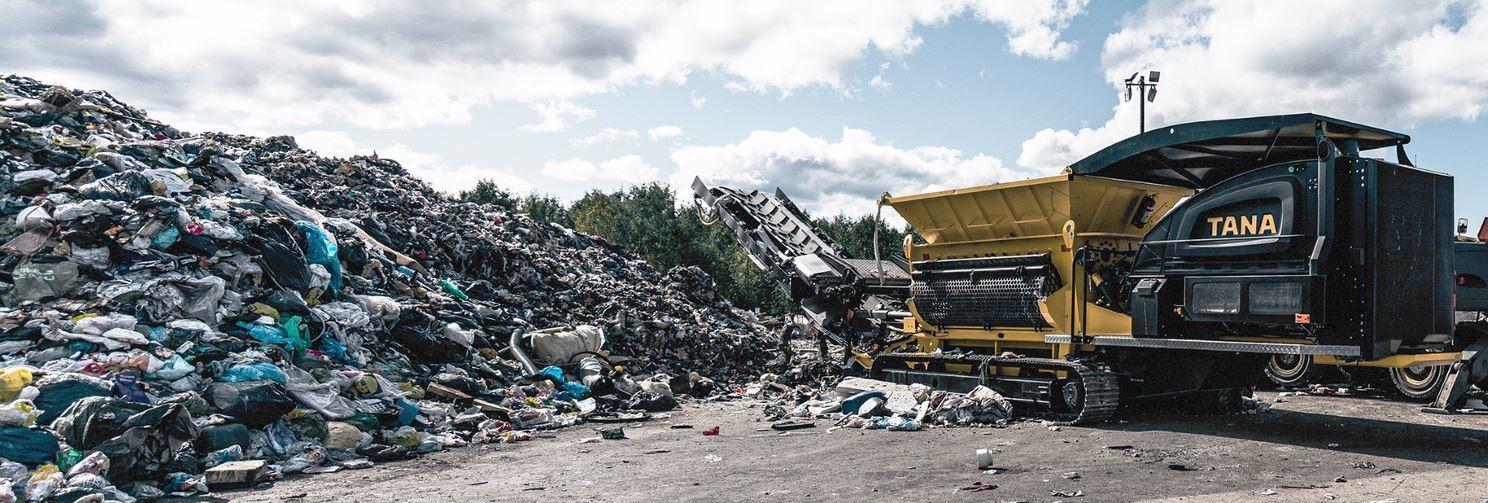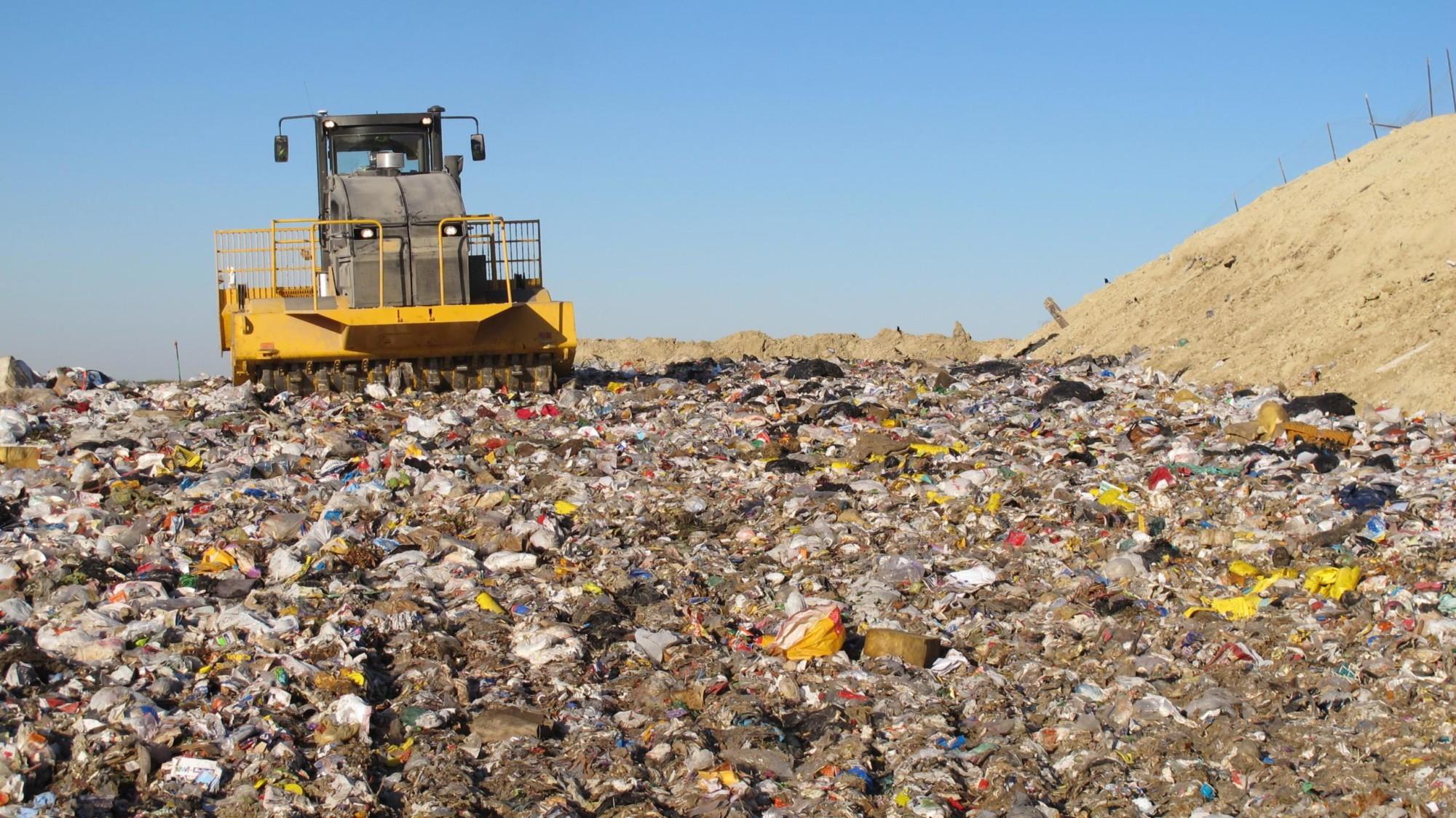
Although an ever increasing amount of waste is recycled or burned for energy, the basic need for landfills as well as the best practices in landfill management remain the same. To operate a highly functioning landfill, you need to integrate the right technologies into smart processes. By optimising the processes in management of waste streams and handling of waste, you can increase the life expectancy of a landfill, guaranteeing increased lifetime profit by optimising processes with a TANA.
Investment in highly efficient processes will pay itself back in the form of increased revenue:
Well planned set-up guarantees efficient operation
Careful planning is the key to a highly functioning landfill and increased life expectancy. To efficiently handle the waste streams coming in, the logistics on the site need to be well organised. As the amount of incoming waste fluctuates, it is crucial to plan for efficient delivery and unloading at the site.
The most important elements of well-functioning operations at the site are easy unloading and minimum need for moving waste around. By making sure that the unloading is done as close as possible to the final landfilling area, you minimise the need to push the defuse around with a track-type tractor. In an ideal situation, the compactor can spread the waste directly from the unloading spot to the final deposit area.
Pre-shredding saves valuable airspace by up to 75%
Mattresses and used tyres, among other wastes, take up a lot of valuable airspace and therefore reduce the profitability of a landfill. The problem with mattresses is that it is near impossible to compact them in a landfill. Used tyres also take up an excessive amount of airspace due to their shape. Pre-shredding these wastes can reduce the airspace needed by up to 75%, thus increasing the capacity of the landfill.
Pre-shredding also makes it possible to recover valuable materials from the shredded waste. Instead of burying them and allowing them to rob precious airspace in the landfill, steel and other valuable materials can be recovered, recycled and reused. A waste shredder can effectively separate the metal springs from shredded mattresses, for instance. Reclaiming these valuable materials helps pay back the investment of a waste shredder.
Optimum compaction rate increases the landfill’s capacity

Compaction is a crucial step in landfill management. Efficient compaction of waste means that the landfill site can accommodate more waste, increasing the life expectancy of the landfill. This directly leads to increased lifetime profits.
Compaction rate is a sum of many factors, such as the type of waste being compacted and the equipment used. Optimising processes with a TANA